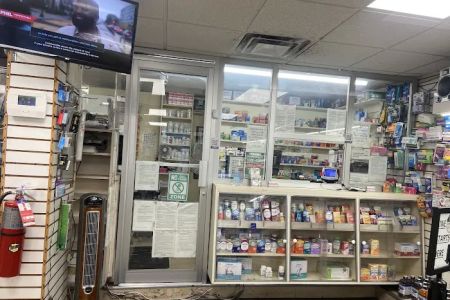How to Contact Manufacturers During a Recall
Recalls are an important safety mechanism for consumers, ensuring that faulty or dangerous products are removed from the market. But, if you've purchased a product that's part of a recall, how do you contact the manufacturer and get the support or replacement you need? Let me walk you through the steps involved in contacting manufacturers during a recall. As a consumer, it's essential to know your rights and how to proceed when faced with this situation. In this guide, I’ll break down the entire process so you can handle a product recall with confidence.
Understanding Product Recalls
A product recall occurs when a manufacturer or distributor removes a product from the market or asks customers to return it because of a potential defect or safety risk. Recalls can happen for various reasons, such as defective parts, poor manufacturing practices, or failure to meet safety standards. For consumers, it’s essential to act quickly when a recall affects a product they've purchased. But where do you start, and how do you ensure you follow the right procedures to get a replacement or a refund?
Step 1: Identifying If Your Product Is Part of the Recall
Before reaching out to the manufacturer, you must first confirm that the product you own is part of the recall. Manufacturers typically provide recall information on their website, or you can check platforms such as the U.S. Consumer Product Safety Commission (CPSC) or the Food and Drug Administration (FDA) website for the latest product recalls. If you received a notification letter or email from the manufacturer about the recall, it’s important to keep that as proof. Additionally, many companies will offer easy-to-use search tools to check your product’s serial number or batch number.
Step 2: Locate the Manufacturer’s Contact Information
Once you’ve confirmed that your product is affected by a recall, the next step is to reach out to the manufacturer. Most companies will have a dedicated customer service line or recall department to handle such inquiries. You can typically find this information on the product's packaging, the manufacturer's website, or recall notices. It’s crucial to contact the right department so your request can be processed quickly. Be sure to write down their contact details, as you may need them later if you encounter any issues during the process.
Step 3: What to Have on Hand When Contacting the Manufacturer
When you contact the manufacturer, be prepared with the necessary details to expedite the process. Here’s what you should have ready:
- Product information: Be sure to have the product name, model number, and serial number. This will help the manufacturer locate your product details in their system.
- Proof of purchase: Some manufacturers may ask for proof that you purchased the product, such as a receipt or order confirmation.
- Details about the issue: Clearly explain any defects or problems with the product. If it’s a safety concern, mention it explicitly so the manufacturer knows the urgency of your situation.
Step 4: Choosing the Best Communication Method
Manufacturers typically offer several ways to get in touch with their customer service team during a recall. You may be able to contact them via phone, email, or live chat. The most common method is to call the customer service number, which you can usually find on their website or the recall notice. If calling isn’t an option or you prefer written communication, email is another effective way to document your correspondence. Some manufacturers also offer a live chat service, which allows for immediate responses. Be sure to choose the method that works best for your needs and schedule.
Step 5: What to Expect During the Recall Process
When you contact the manufacturer, they may ask you to send the defective product back or provide photos of the issue. Depending on the recall, you may be entitled to a replacement product, a refund, or a repair. Some manufacturers might offer compensation for the inconvenience, such as vouchers or discounts for future purchases. Make sure to ask about the timeframe for receiving the compensation or product replacement, and be sure to get everything in writing.
Step 6: Keep Track of Your Recall Claim
Once you’ve initiated the recall process, it’s important to keep track of your claim. If you’re sending the product back, make sure to track the shipping and retain any tracking numbers. Many companies will offer updates regarding the status of the recall and your claim. If you don’t receive updates within the expected timeframe, don’t hesitate to follow up. Keeping a record of your communications with the manufacturer will also be helpful in case there are any delays or disputes during the process.
Conclusion: Taking Action During a Recall
Managing a product recall may seem like a hassle, but following these steps will ensure that the process goes smoothly. Whether it’s through phone calls, emails, or live chat, it’s important to stay organized and proactive. Manufacturers are required to address recalls in a timely and efficient manner, so you should always expect prompt customer service. If you encounter any roadblocks, remember that you have the right to escalate the issue. Don’t hesitate to follow up, and ensure your product is either repaired, replaced, or refunded according to the recall guidelines.
Want to learn more about recalls or find out if a product is eligible for a refund or replacement? Visit our website at Hidden Brook Veterinary for the best service recommendations and recall management support.
SEO Title: How to Contact Manufacturers During a Product Recall
SEO Keywords: product recall, how to contact manufacturers, recall claim process, product replacement, manufacturer customer service
SEO Description: Learn how to effectively contact manufacturers during a product recall. Follow our detailed steps to ensure a smooth process for replacements, repairs, and refunds.














